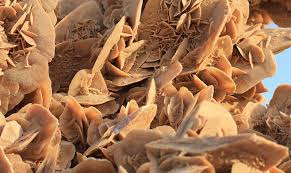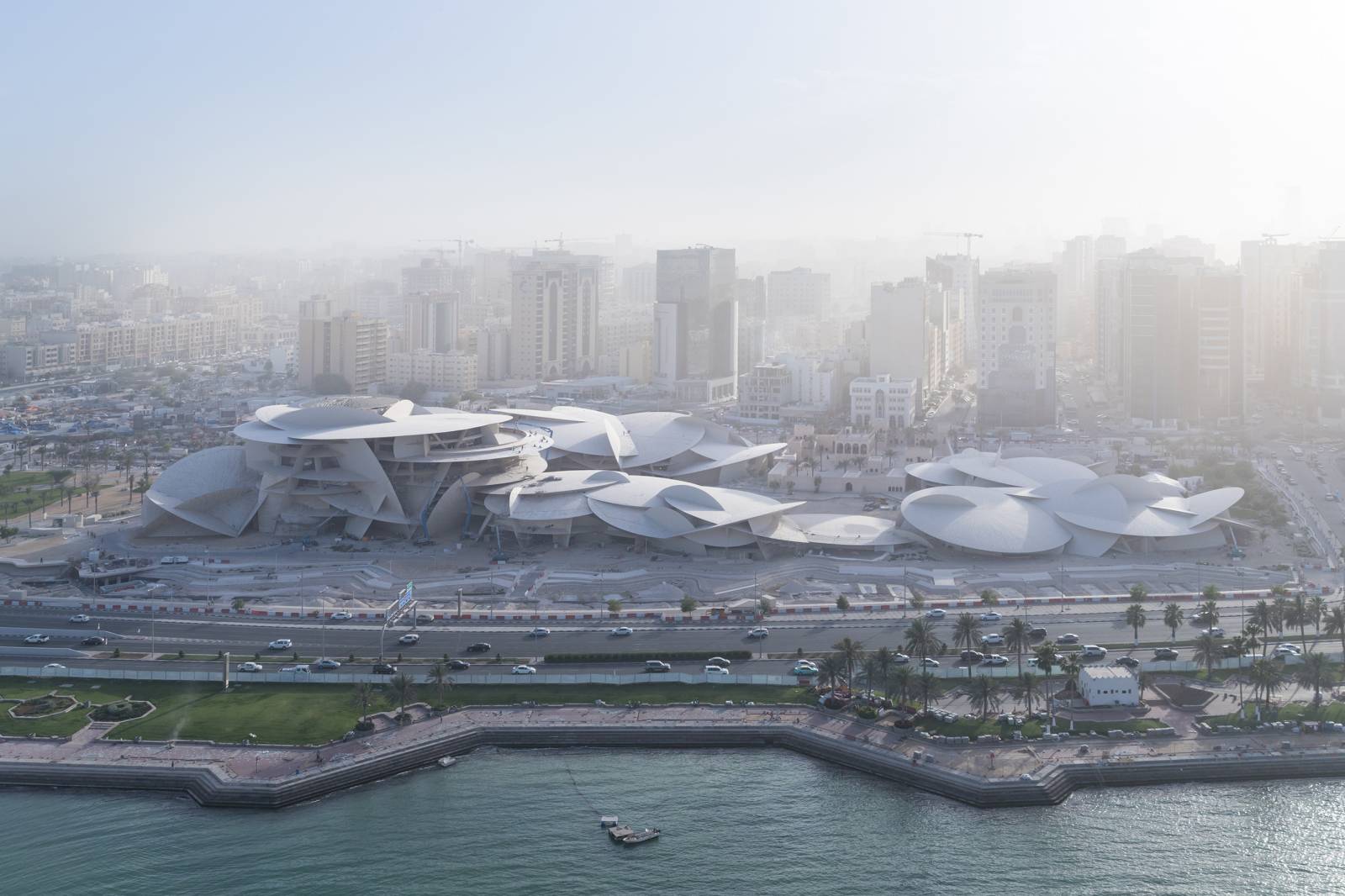By: Ramia Yahia
Internationally, Qatar has succeeded in securing excelling positions in global classifications concerned with the quality of education and culture. The nation’s interest stems from its deep-rooted belief towards the great role played by the history and civilization in building the individuals’ reality and shaping their futures. Therefore, Qatar pays close attention in terms of the construction of cultural palaces with an architecture that reflects its civilization while staying true to modernization and a readiness for the future. The National Museum of Qatar, due to open on the 28th of March 2019, comes in reflection to Qatar’s past, present and future.
Built on the Arabian Gulf Coast, the Qatari national museum takes us on a historical journey that tells us the tale of Qatar and its people. The museum was built around the old palace of Sheikh Abdullah bin Jassim Al-Thani (1880 – 1957); son of Qatar’s founder. The palace was known to be the family’s residence as well as the governmental headquarter for a quarter of a century. The museum seems to give a voice to Qatar that allows it to tell of its rich heritage and culture along with expressing its peoples’ hope-filled aspirations towards the future.
Qatar’s National Museum shaped as A Desert Rose

The French-designed architecture of the national museum, accredited to French architect Jean Nouvel, blends well with Qatar’s geography as it calls upon its history and culture. It’s shaped as a Desert Rose, also known as a Mock Azalea or Impala Lily. According to the architecture, the museums design was inspired by the flower, with its curved disks and its protruding corners and intersections, to express comprehensiveness on a general level while at the same time presenting an architectural, spatial and sensory experience on an individual level.
From her side, the director of the National Museum of Qatar – Sheikha Amna bint AbdulAziz Al-Thani – said that the museum is set to provide its guests with an unprecedented museum experience. This goes back to the vision set to the museum along with its developmental method that takes into chief consideration the needs of its audience. The director added that the museum tells the story of Qatar in comprehensive, creative and interactive way. She also stressed that the museums vision is centered on providing a learning opportunity for all through programs, interactive activities along with a variety of exhibitions.
Qatar’s national museum highlights creative art and rare collections
The National Museum of Qatar, which accounts for 40,000 meter square, consists of three sections namely; the beginnings, life in Qatar, and future aspirations for building the nation. The contents of the three sections are displayed across 11 showrooms. The visitor starts in a 2.7km -journey through time that begins with the geological era that starts before any settlements were present in the Arabian Peninsula, then the visitor moves from one time station to another through history, until they reach the present time. Throughout the journey, visitors are exposed to extraordinary content until they reach the “crown-jewel” of the museum, the Palace of Sheikh Abdullah, which represents the core of Qatar’s national identity.

The museum’s content ranges from historical memorabilia, archival images, art-work to storytelling and smells linked to memory that provides the visitor with a deep sensory experience that helps integrate them further with the impressive historical collection of heritage like the famous Baruda Pearl Carpet. The 1865-carpet was made using more than 1.5 million Gulf high-quality pearls. It is also embroidered with emeralds, diamonds and sapphires. This is in addition to all the manuscripts, documents, photographs, jewels and costumes.
Moreover, artwork designed exclusively for the Qatar’s national museum exhibition includes works by Qatari artist – Ali Hassan – which will be hung in the public entrance in the ground floor. Another work set to be displayed at the entrance of the showcases is the work of yet another Qatari artist, Sheikh Hassan bin Mohammad bin Ali AlThani. Finally, a sculpture, made by an Iraqi-sculpture Ahmad Bahrani, will also be displayed at the entrance the museum.
Another artwork made exclusively for the museum, set to be displayed in the museum’s garden, is the work of French artist Jean Michel O’Honnel. This artwork comprises of 114 individual fountains inside a lake. The fountains are designed to mimic the Arabic calligraphy in its versatile form. Finally, this artwork is accompanied by an artwork made by Syrian artist Simone Fital, named “Sea’s Gates”; in this art-form, Fital uses the inscriptions discovered at the Al-Jassasiya site in Qatar as his inspiration.